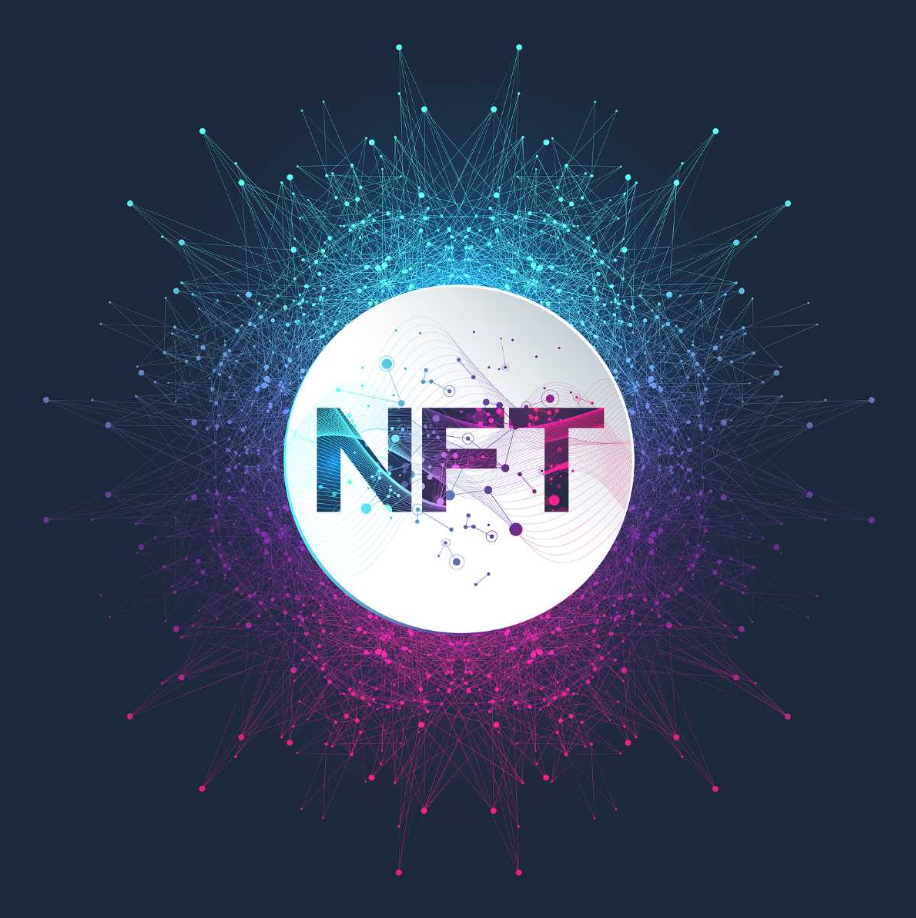In a recently released article, Ethereum's co-founder, Vitalik Buterin, provides a deep dive into the blockchain's future, primarily focusing on issues of interoperability and simplifying transactions. He sheds light on the technical challenges associated with ensuring seamless interaction between Layer-1 (L1) and Layer-2 (L2) solutions, especially as L2 adoption continues to increase.
Buterin identifies two key challenges. Firstly, users holding assets across multiple L1s and L2s face complex transactions. He suggests changing access keys across accounts to alleviate this issue. Secondly, he emphasizes the need to manage 'counterfactual' addresses, which, although unregistered on-chain, must securely hold funds.
To overcome these challenges, Buterin proposes a unique architecture termed 'asset/keystore separation.' This model would allow users to maintain keystore contracts with their verification keys and underlying modification rules, with wallet contracts on L1 and L2s capable of reading the cross-chain data to access the verification key.
Buterin presents two potential implementation paths: the 'Light Version,' which would require every wallet to store the verification key locally and update the cross-chain proof of the key store's state, and the 'Heavy Version,' demanding cross-chain proof for each transaction. He also highlights the potential of five proof schemes, such as Merkle and Verkle proofs, emphasizing the need for optimized cross-chain proofs.
In the long term, combining user-submitted operations to compile proofs could lower costs. Additionally, L2 solutions can reduce latency when reading L1 state, and wallets can move to systems with fewer Ethereum connections, like L3s or separate chains.
Buterin's article concludes by arguing in favor of storing the Keystore on either L1 or L2 and signaling a shift towards better cross-chain interactions, a stronger focus on privacy, and asset/keystore separation in the blockchain's evolution.
Coupled with the recent presentation of Ethereum Improvement Proposal (EIP) ERC-6551, which offers new possibilities for the digital identity space and Non-Fungible Tokens (NFTs), the future of Ethereum's blockchain appears to be bright. While the "ERC-6551: Non-Fungible Token Bound Accounts" still has some time before release, the market remains hopeful for the blockchain ecosystem's evolution, driven by Vitalik Buterin's insightful proposals.







